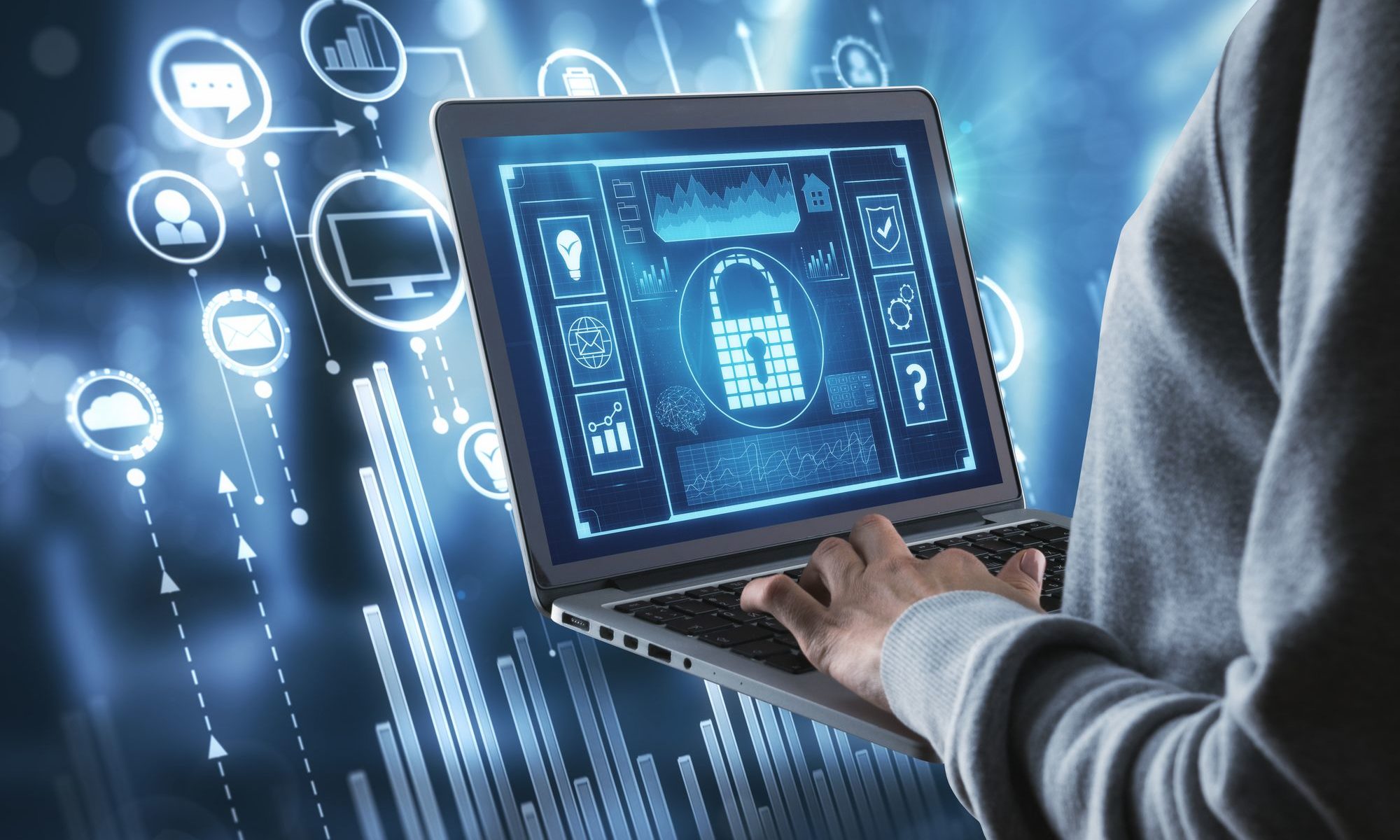When opting for a VDR platform, documents protection is the most necessary concern. The beste virtuele dataroom providers are used by businesses of all sizes and specialties to store and exchange confidential information. As a result, when making comparisons, the security features of the data room should not be overlooked.
A look at the data room industry
Recently, VDR solutions have emerged to replace the conventional method. Virtual deal rooms have evolved from secure cloud storage platforms over the past two decades into indispensable tools for safeguarding corporate documents and streamlining due diligence.
In the beginning, each provider of a data room brought something unique to the table. Some focused on providing medium- and large-sized businesses with tools that made deal-making simpler. Others improved the handling of sensitive data and made it possible to make decisions more quickly. The market for data room providers expanded at the same rate as digitization spread to all industries. For small, medium, and large businesses in virtually every industry, data room services have become synonymous with confidential data processing.
In the following section, we will examine the three most important considerations when selecting a data room software:
- Security
- Organization of documents
- Control of access for users
Security takes precedence
Security of a data room review is the most important aspect, as it prevents competitors and other dishonest organizations from obtaining corporate secrets. To ensure that nothing was stolen, businesses used to literally move paper files into an enclosure room and let inspectors in one at a time. Nowadays, we have Internet-accessible virtual vaults. However, privacy, security, and determining who was looking at what are still top priorities.
Place all of your company’s data in one secure location
The paper documentation system is fast becoming out of date for data management. Nowadays, businesses manage digital databases. However, why choose virtual data rooms? VDRs are platforms for managing data in the cloud that let you store all of your business documents in one place. As a result, you won’t have to worry about keeping separate databases for different parts of your business or company. In a nutshell, there are two main advantages to using a data room:
- If your company’s data is stored on a centralized platform, it will be simple to manage.
- You can reduce the amount you spend on hardware and staffing for multiple databases.
You can use two-step verification for all users in your data room to prevent unauthorized access. Any user or device can be removed from the VDR at any time.
Sharing sensitive data securely through data rooms
When business users need to share documents or files quickly, they frequently use consumer file-sharing platforms. In today’s business environment, users need a simple and opportunely pattern to securely share files. File-sharing keys generally function as intended and are convenient choices for many users. However, recent security flaws in these file-sharing services compromise users’ privacy or make it impossible to access required data. The following are some of the pros of using VDR platforms for safe file sharing:
- An alternative for large file transfers to FTP
- Users can access files safely
- Inter-device synchronization
- Coordination between offices and sites
- Workspace for teams to collaborate
- Easy to learn and use service
When needed, secure access to files in the VDR boosts productivity and enhances teamwork.

